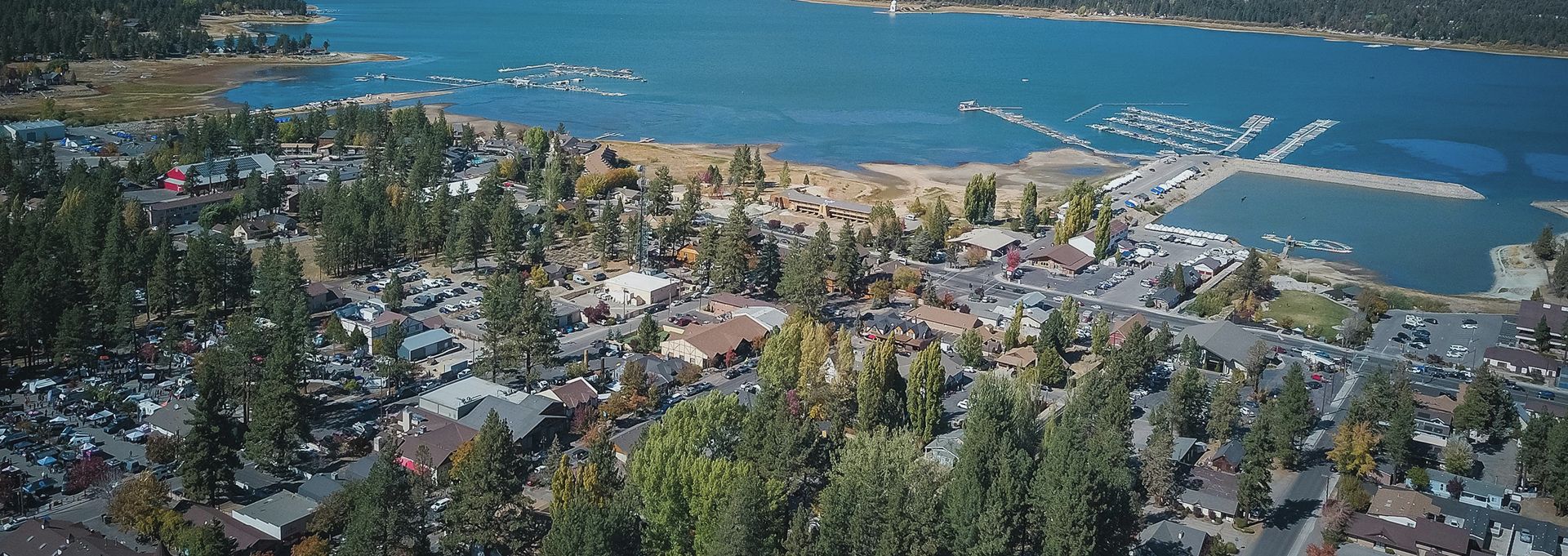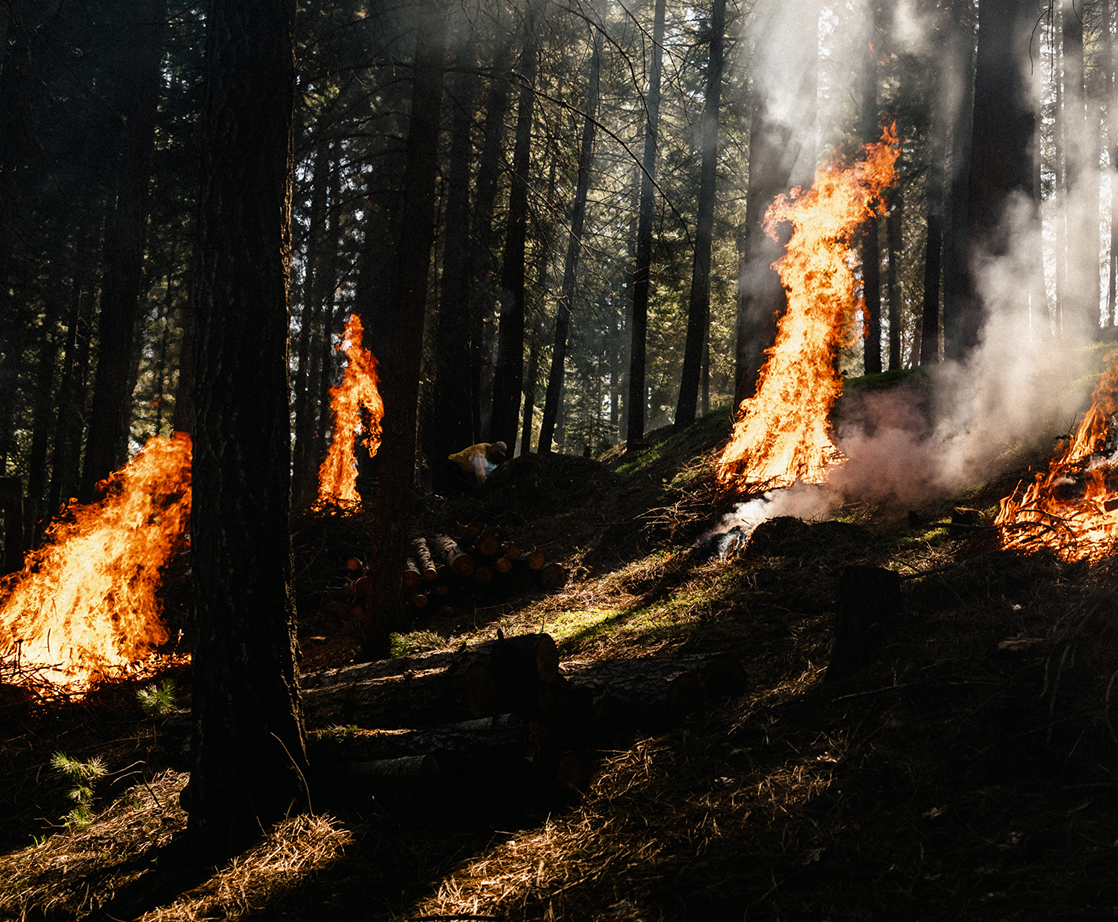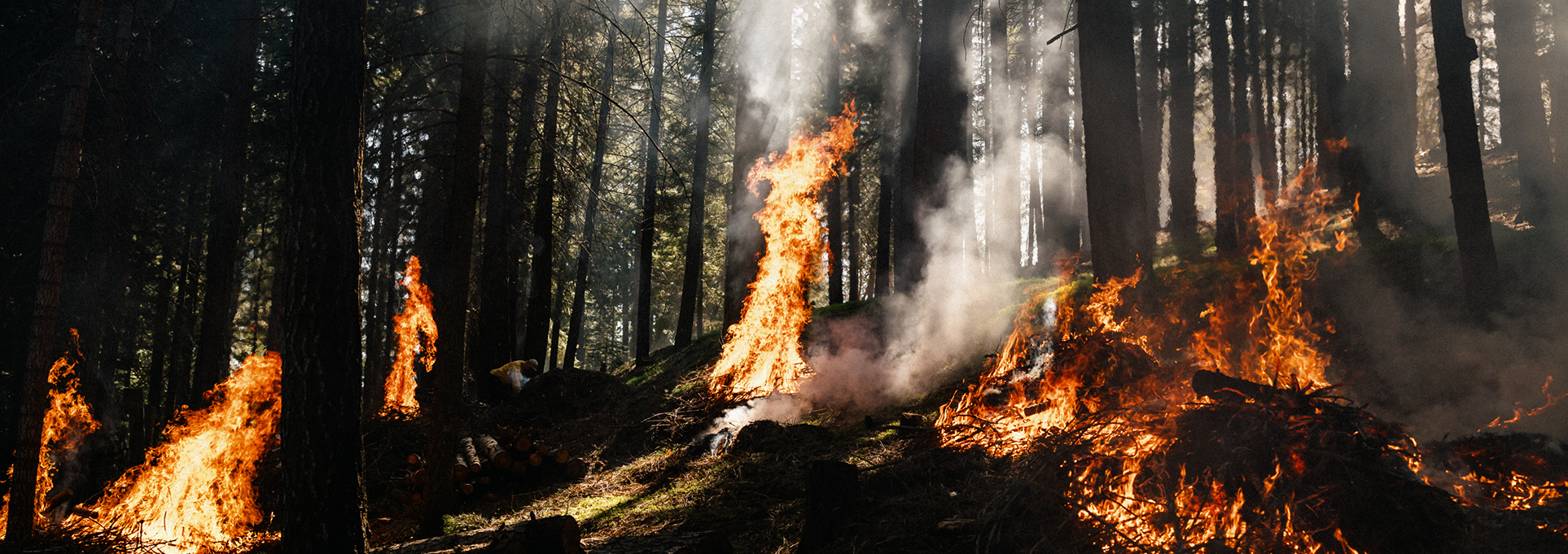Nestled within the captivating Sierra Nevada mountain range, the North Yuba Watershed boasts breathtaking scenery, a thriving ecosystem, and vibrant communities alongside the tranquil North Yuba River. Yet, the pristine beauty of this region belies a growing threat – escalating wildfire hazards that put its invaluable assets at risk.
Unveiling a strategic resilience triumph
Enter the North Yuba Forest Partnership, a consortium of visionary stakeholders determined to safeguard this precious landscape. United by a shared mission, this alliance rallied to craft, analyze, finance, and execute an ambitious forest restoration endeavor spanning 275,000 acres. Their collaboration, planning and execution secured an impressive $150 million to fortify the region's landscape against imminent perils.
Confronting a mounting wildfire menace
Decades of fire suppression and timber harvesting practices have left their mark on the watershed's forest health. A landscape replete with fire-prone small trees and brush, coupled with a widening fire season intensified by climate change, has created a tinderbox primed for catastrophe. To counter this threat, the North Yuba Water Agency joined hands with an array of organizations, forming the North Yuba Forest Partnership. Recognizing the urgency, they sought innovative solutions to expedite the restoration efforts.
Pioneering collaborative solutions
Championing the cause of resilience, the Partnership harnessed cutting-edge scientific processes to streamline their strategic approach. Traditional methods were deemed inadequate and too time-intensive for the monumental task at hand – restoring vast acres and balancing diverse stakeholder interests. High-resolution geospatial data and sound scientific modeling were critical, accelerating decision-making and laying the foundation for a science-driven resilience plan.
Unveiling the value within
To map a path forward, the Partnership embarked on a journey to assess the watershed's assets and their societal worth. Beyond the tangible, like structures and homes, they quantified the value of features like streams and recreational trails, as well as the intrinsic significance of groves and rivers. This meticulous normalization and non-market appraisal process served as the cornerstone for their geospatial data-driven assessment of wildfire risk.
Predicting and mitigating wildfire risk
Armed with a comprehensive, normalized understanding of their assets at the landscape scale, the Partnership delved into predicting wildfire risks and devising mitigation strategies. Robust wildfire hazard and departure modeling enabled them to forecast the impact of potential hazards and treatments tailored to the unique attributes of each asset. This approach extended to analyzing ecological thinning and prescribed fire as potential treatments, offering an analysis of the predicted loss to be avoided from interventions, as well as the ecological effects of such treatments.
Balancing complexity through tradeoffs
Navigating the intricate web of wildfire and forest resilience planning necessitated a careful balancing act commensurate with the diversity of stakeholders and values at risk. The Restorative Return on Investment (RROI) model emerged as a singular, stakeholder agreed-upon metric f for quantifying tradeoffs between avoided loss and ecological benefits. This empowered the Partnership to make informed decisions, optimizing their resource allocation for maximum impact.
Streamlining priorities for maximum return
Harnessing the power of the ForSys Model, through collaboration with the Rocky Mountain Research Station, the Partnership leveraged an additional strategic tool to prioritize treatments within the expansive North Yuba watershed. Leveraging RROI scores, this innovative model optimizes priority areas, enabling the partners to allocate resources most efficiently for feasible forest wildfire and resilience treatments.
Culmination of a resilience triumph
In a symphony of collaboration, scientific precision, and data-driven insights, the North Yuba Forest Partnership orchestrated a remarkable triumph of wildfire resilience planning. Their unwavering commitment and innovative mindset paved the way for a complex multi-jurisdictional strategy that mitigates risk and secures substantial investment to implement the work.
A global model for resilience
As the world grapples with the escalating frequency and intensity of wildfires, the North Yuba Forest Partnership’s success offers an example of hope. Their innovative approach and unprecedented success in raising more than $150 million for implementation serve as a template for at-risk communities worldwide. With climate change altering our landscapes, the Partnership's blueprint offers a model for governments, organizations, and communities striving to navigate the complexities of wildfire risk reduction.
Embrace a vibrant future
The North Yuba Forest Partnership’s trailblazing journey has paved the way for a new era of resilience planning. In a rapidly changing world, the power of collaboration, data-driven decision-making, and innovative modeling cannot be underestimated.












